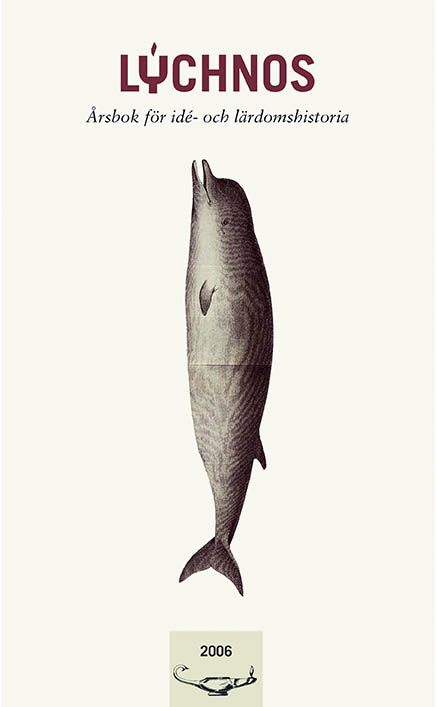Wildlife art and the Nazis
The case of Sweden’s Bruno Liljefors (1860–1939)
Abstract
In their attempt to "cleanse" German art of "degenerate" modernism, the German National Socialists rehabilitated wildlife art. Historically this art form was closely connected with the pursuit and killing of game animals for pleasure or sport. My argument is that the cultivation of animal and wildlife art under the Nazis was mediated by the patronage that this art genre enjoyed from the hunting élite. The case of Bruno Liljefors (1860–1939) – today known as one of Sweden's greatest painters and as the founder of wildlife art – is of particular interest. Liljefors was seen as a typical Jagdmaler whose fame as a painter of wild animals, especially birds of prey, reached an apogee at the 1937 International Hunting Exhibition in Berlin when he was honoured by Göring and Hitler. This paper is a contribution to the reception history of Liljefors and acknowledges the importance of "place and time" in the construction of the meaning with which his paintings have been invested. In post-WW II Sweden, the interpretation of the significance of Liljefors has differed fundamentally from the German Nazi understanding of his works and involves their Anglification together with a "forgetting" of the place they occupied during the time of the Third Reich.
Downloads
Publicerad
Nummer
Sektion
Licens
This work is licensed under a Creative Commons Attribution 4.0 International License. The copyright for the work published in Lychnos remains with the authors.


